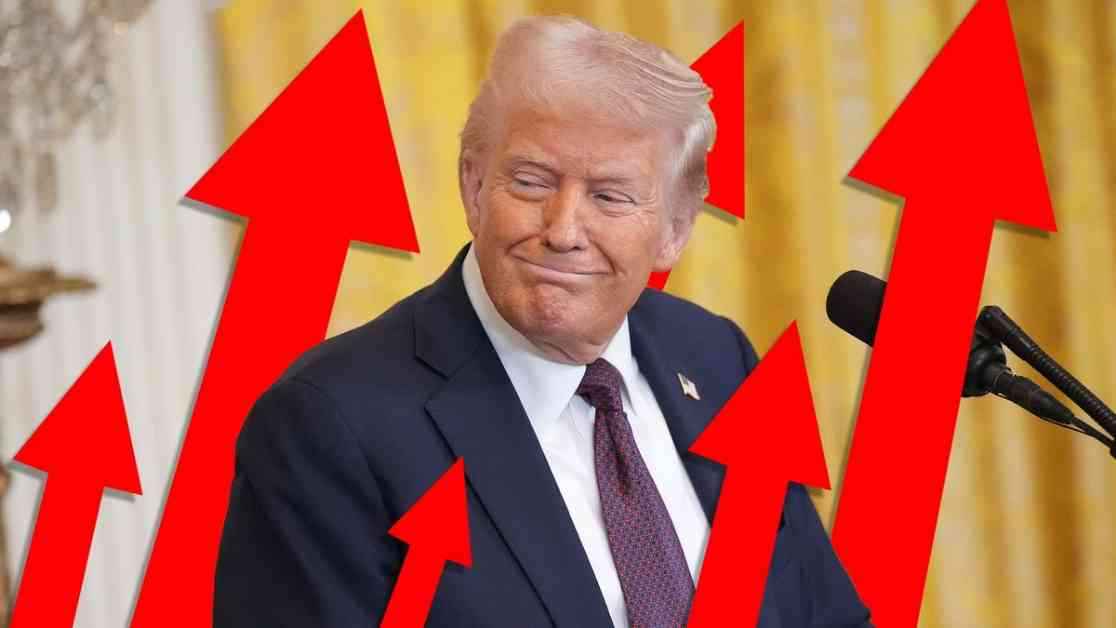President Donald Trump’s recent implementation of tariffs on Mexico, China, and Canada has sent ripples of concern throughout the gaming industry, with analysts predicting potential impacts on physical and digital game prices. The looming threat of higher costs, fewer physical releases, and supply shortages has left many gamers and industry insiders on edge.
Industry Analysts Voice Concerns
Industry analysts, such as Circana’s Mat Piscatella, have expressed worries about the potential consequences of the tariffs on the gaming market. Piscatella recently took to social media to highlight the possibility of physical games being discontinued due to the increased production costs incurred by the tariffs. With most video game discs currently manufactured in Mexico, the activated 25-percent tariff is expected to drive up prices for consumers. Piscatella emphasized that the additional costs imposed by the tariffs would inevitably be passed on to gamers, painting a grim picture of the future landscape of physical game releases.
Moreover, the shift towards an all-digital strategy to circumvent the tariffs poses its own set of challenges for publishers and consumers alike. Piscatella pointed out that if prices for physical games rise substantially, publishers may opt to align digital prices accordingly or forego physical releases altogether. The dilemma facing gamers who seek to avoid price hikes by purchasing digital copies underscores the far-reaching implications of the tariffs on both physical and digital gaming markets.
Impact on Consoles and Future Outlook
The repercussions of the tariffs extend beyond game prices to the realm of gaming consoles, as noted by Nike Partners analyst Daniel Ahmad. With a significant portion of consoles manufactured and imported from China, the imposition of tariffs is poised to drive up costs and potentially disrupt supply chains. Ahmad’s insights shed light on the challenges faced by console manufacturers in navigating the complex web of tariffs and trade policies.
As the specter of escalating console prices looms large, consumers may face sticker shock when considering the purchase of popular gaming systems. The potential for a Switch price hike from $300 to $400 or a PS5 Pro cost surge from $700 to $1000 underscores the financial strain that tariffs could place on gamers. The looming threat of increased prices and supply shortages casts a shadow over the gaming industry, prompting stakeholders to brace for turbulent times ahead.
In the face of mounting uncertainty surrounding the impact of tariffs on game prices and console availability, industry experts and analysts continue to monitor developments closely. The evolving landscape of trade policies and their implications for the gaming market serve as a stark reminder of the interconnected nature of global economies and the far-reaching effects of political decisions on consumer goods. As gamers navigate the shifting terrain of tariffs and trade agreements, the future of gaming hangs in the balance, awaiting the next twist in this unfolding saga.
















